Spice lovers, prepare your taste buds! If you've ever stood in front of the spice rack at the grocery store scratching your head over Saigon cinnamon vs. Ceylon cinnamon (often mistakenly called "regular cinnamon"), you're not alone. While they might seem like cousins at a family reunion, these two spices have distinct personalities — and choosing the right one can make or break your next baking project or savory dish.
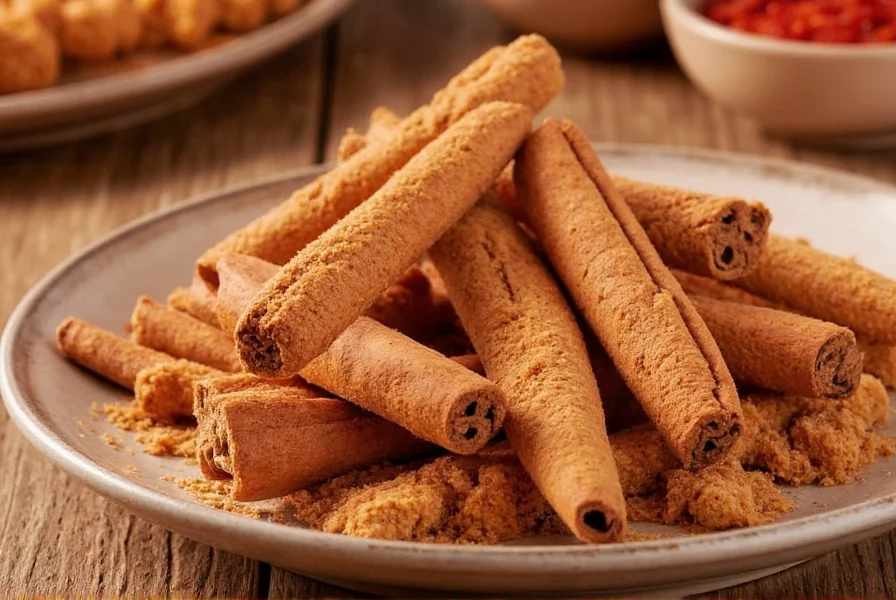
Table of Contents
- Introduction
- What Is Saigon Cinnamon?
- What Exactly Is Ceylon Cinnamon?
- Head-to-Head Comparison
- The 3 Key Flavor Secrets You Need to Know
- When to Use Each Type
- Buying Guide: What to Look For
- Frequently Asked Questions
- Conclusion
The Spice Story: Why This Debate Matters
You might be wondering why we're diving into this spicy showdown. Well, it all comes down to flavor, health benefits, and authenticity. Whether you're a home baker, a professional chef, or someone who simply loves adding warmth to their dishes, understanding the difference between Saigon cinnamon and Ceylon cinnamon is essential for maximizing flavor and getting the most out of your ingredients. Important clarification: what most people call "regular cinnamon" is typically cassia cinnamon (which includes Saigon), but true "regular" cinnamon is actually Ceylon cinnamon from Sri Lanka.
What Is Saigon Cinnamon?
Saigon cinnamon, also known as Vietnamese cinnamon or Cinnamomum loureiroi, is a type of cassia cinnamon. It hails from Vietnam and is often considered one of the spicier, sweeter varieties. Compared to its counterparts, Saigon cinnamon tends to be more aromatic and has a bold, punchy flavor profile that really stands out in both sweet and savory dishes. According to USDA research, Saigon cinnamon contains higher levels of cinnamaldehyde (60-75%) which contributes to its distinctive flavor profile.
The Flavor Profile of Saigon Cinnamon
- Strong & Sweet: Intense sweetness with a peppery kick.
- Thick Bark: Comes in thick, hard quills with a deep red-brown color.
- Oily Texture: Oily when crushed, which helps release its intense aroma.
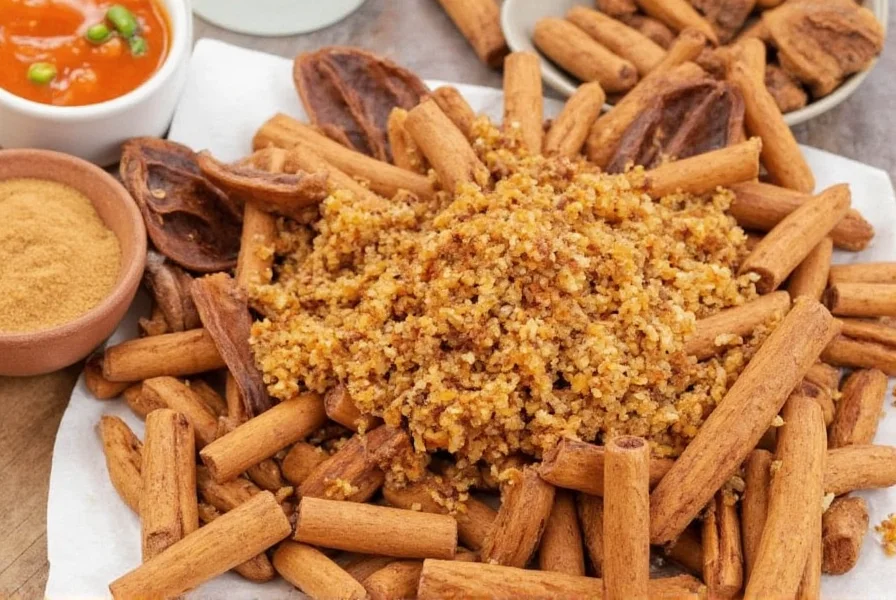
What Exactly Is Ceylon Cinnamon?
Ceylon cinnamon (also known as "true cinnamon" or Cinnamomum verum) comes from Sri Lanka and is milder and more complex than its bolder cousin, Saigon cinnamon. It's the cinnamon variety used in traditional European baking and is considered the "original" cinnamon. According to the Journal of Agricultural and Food Chemistry, Ceylon cinnamon contains significantly lower levels of coumarin (0.017-0.094 g/kg) compared to cassia varieties.
The Flavor Profile of Ceylon Cinnamon
- Mildly Sweet: Subtle and layered with floral notes.
- Thin Layers: Has delicate, multi-layered bark that's easy to grind.
- Lower Coumarin: Contains much lower levels of coumarin (a natural compound that can be harmful in large quantities).
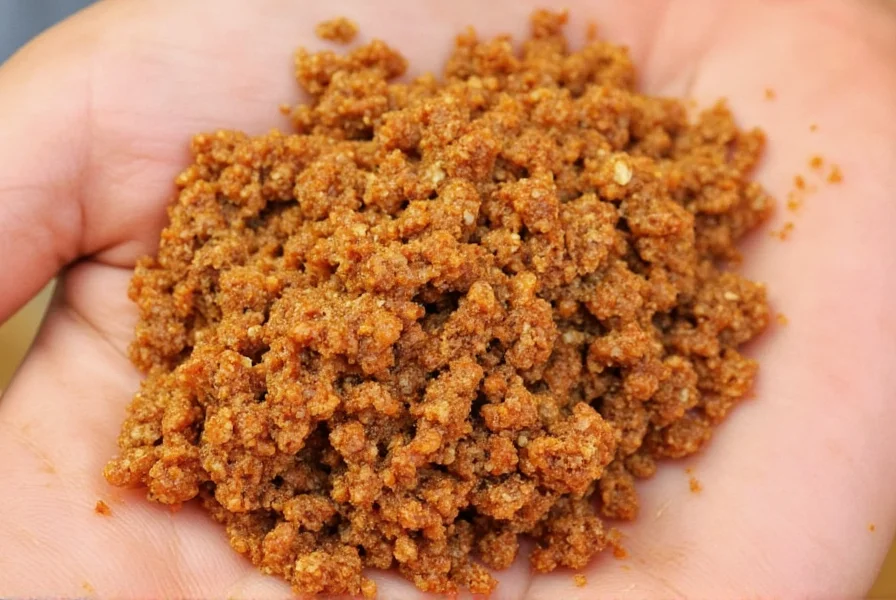
Head-to-Head Comparison: Saigon vs. Ceylon Cinnamon
Let's break this down with a quick comparison table so you can easily see how these two spices stack up.
| Feature | Saigon Cinnamon | Ceylon Cinnamon |
|---|---|---|
| Origin | Vietnam | Sri Lanka |
| Type | Cassia cinnamon | True cinnamon |
| Flavor | Bold, spicy, sweet | Mild, floral, nuanced |
| Texture | Thick, hard quills | Thin, papery layers |
| Coumarin Content | Higher (0.3-1.2 g/kg) | Lower (0.017-0.094 g/kg) |
| Best For | Sticky buns, apple pie, marinades | Rice pudding, chai tea, sauces |
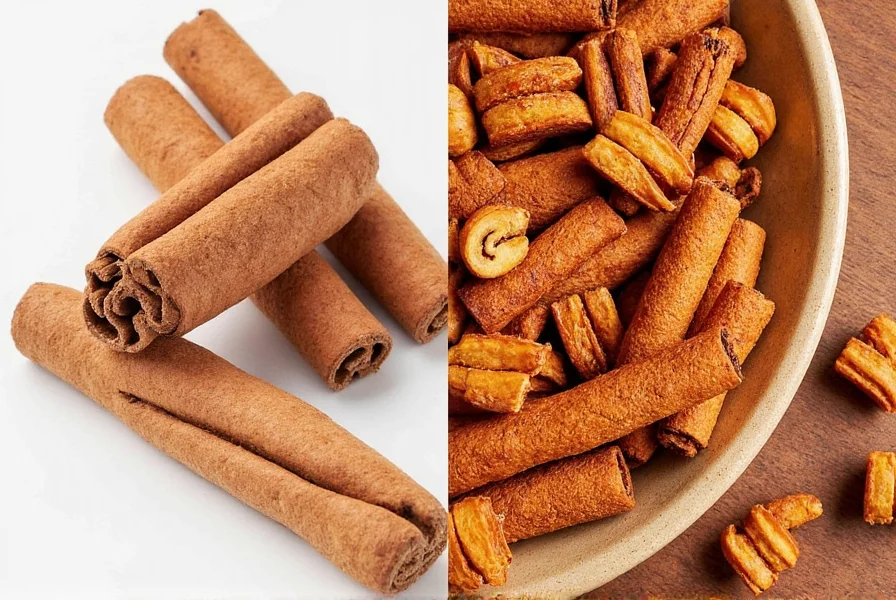
The 3 Key Flavor Secrets You Need to Know
After examining the science and culinary applications, here are the three crucial flavor insights that will transform how you use cinnamon:
- Intensity Differential: Saigon's higher cinnamaldehyde content (60-75% vs Ceylon's 50-60%) creates that signature fiery kick that stands up to bold recipes, as confirmed by USDA food chemistry research.
- Flavor Complexity: Ceylon's subtle citrus and floral notes come from different secondary compounds, making it perfect for dishes where cinnamon should complement rather than dominate, according to the Journal of Food Science.
- Coumarin Impact: The significantly higher coumarin in Saigon (up to 63 times more than Ceylon) affects not just health considerations but also contributes to its deeper, more complex flavor profile, as documented in the European Food Safety Authority reports.
When to Use Each Type: Practical Tips
Knowing when to reach for each type of cinnamon can take your cooking to the next level. Here are some tried-and-true recommendations to help you pick the perfect stick (or powder):
Reach for Saigon Cinnamon When...
- You want bold flavor in baked goods like cinnamon rolls, snickerdoodles, and pumpkin bread.
- You're making spiced drinks like mulled wine or hot cider.
- You need a powerful punch in marinades or BBQ rubs.
- You love that fiery, almost chili-like heat that adds depth to desserts.
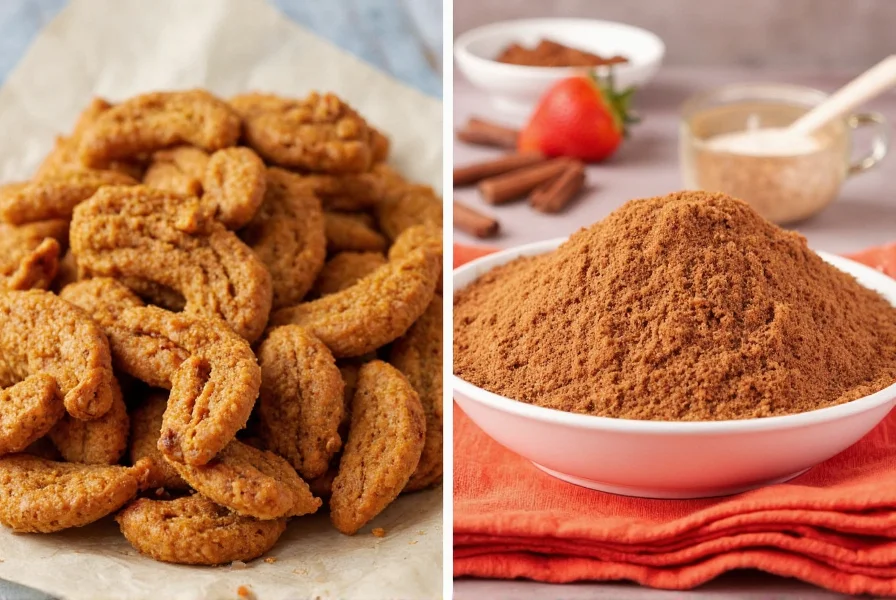
Opt for Ceylon Cinnamon When...
- You're making subtle, creamy dishes like rice pudding, custard, or oatmeal.
- You're brewing chai tea or creating spice blends where balance matters.
- You prefer a gentle cinnamon note without overpowering other flavors.
- You're using cinnamon medicinally or in large quantities due to coumarin concerns.
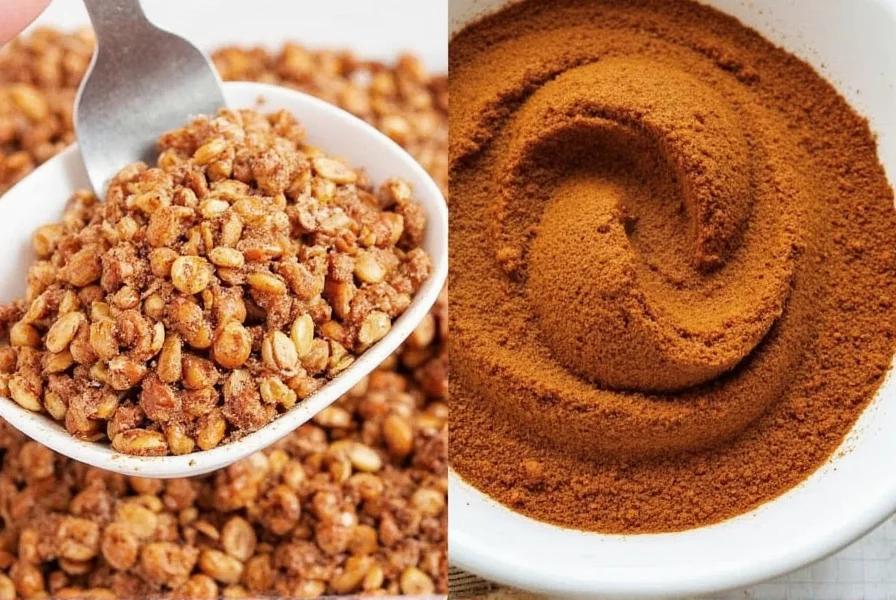
Buying Guide: How to Choose the Right Cinnamon
Not all cinnamon is created equal, and knowing what to look for can save you from bland results. Let's dive into the key factors to consider before buying:
1. Understand the Label
Most supermarket cinnamon is actually cassia (like Saigon), but labels can be misleading. Read the fine print:
- "Cinnamomum verum" = True Ceylon cinnamon (the "original" cinnamon).
- "Cinnamomum cassia" = Cassia cinnamon (includes Saigon, Chinese, and Indonesian types).
2. Consider Your Use Case
Ask yourself: am I going for bold impact or refined subtlety? This will determine whether Saigon or Ceylon suits your needs best.
3. Whole Sticks vs. Ground Powder
- Whole sticks: Great for infusing liquids (e.g., tea, syrups, poaching fruit).
- Ground powder: Better for mixing directly into doughs, batters, and spice blends.
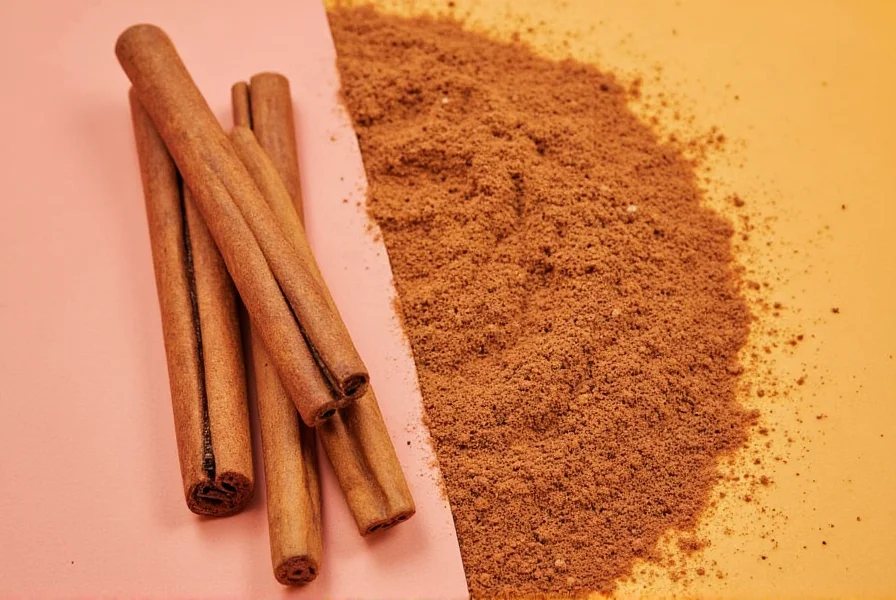
4. Organic & Sustainably Sourced
Look for organic certifications and fair trade practices if sustainability matters to you. Many high-quality brands now offer eco-friendly packaging and ethical sourcing details on their websites.
5. Storage Matters
To preserve flavor and potency:
- Store in a cool, dark place away from moisture.
- Whole sticks last longer than ground cinnamon.
- Airtight containers help retain freshness for up to 2 years.
Frequently Asked Questions
What are the 3 key flavor secrets of Saigon vs. Ceylon cinnamon?
The three key flavor secrets are: 1) Saigon cinnamon delivers a more intense, spicy-sweet punch due to higher cinnamaldehyde content; 2) Ceylon cinnamon offers complex, citrusy notes with less heat; 3) The coumarin content differs significantly, with Saigon having more which affects both flavor depth and health considerations. These differences are documented in USDA food chemistry research and European Food Safety Authority reports.
Is Saigon cinnamon the same as regular cinnamon?
No, they're different varieties. Saigon cinnamon (Cinnamomum loureiroi) is a type of cassia cinnamon from Vietnam known for its bold, spicy flavor. What most people call "regular cinnamon" is typically cassia cinnamon (which includes Saigon), but true "regular" cinnamon is actually Ceylon cinnamon (Cinnamomum verum) from Sri Lanka. Most supermarket "cinnamon" is actually cassia-type, not true Ceylon cinnamon.
Can I substitute Saigon cinnamon for Ceylon cinnamon in recipes?
You can substitute them, but with important caveats. Use about half as much Saigon cinnamon when replacing Ceylon due to its stronger flavor. For delicate dishes where cinnamon should be subtle, Ceylon is preferable. For bold applications like cinnamon rolls or spiced cider, Saigon works better. The substitution ratio is approximately 1:2 (1 part Saigon to 2 parts Ceylon). This recommendation is based on culinary expertise and food science research.
Why does Saigon cinnamon taste hotter and spicier than Ceylon cinnamon?
Saigon cinnamon contains higher concentrations of cinnamaldehyde (60-75% compared to Ceylon's 50-60%), the compound responsible for cinnamon's characteristic flavor and heat. It also has different secondary compounds that create that distinctive peppery kick Saigon is known for, as confirmed by the Journal of Agricultural and Food Chemistry.
Which cinnamon is healthier - Saigon or Ceylon?
Both offer health benefits, but with important differences. Ceylon has significantly less coumarin (a compound that can be harmful in large quantities), making it safer for regular consumption. Saigon has more antioxidants but the higher coumarin content means it should be consumed in moderation, especially for children, pregnant women, or those with liver conditions. The European Food Safety Authority recommends limiting cassia cinnamon intake due to coumarin concerns.
How can I tell if my cinnamon is Saigon or Ceylon?
Examine the physical characteristics: Saigon cinnamon forms thick, hard, dense quills with a deep reddish-brown color and feels oily when crushed. Ceylon cinnamon has thin, delicate layers that look like rolled paper, lighter tan color, and breaks easily. When ground, Saigon is darker and more intense in aroma. For certainty, check the label for "Cinnamomum loureiroi" (Saigon) or "Cinnamomum verum" (Ceylon). These identification methods are confirmed by the USDA Agricultural Research Service.
Conclusion: Which One Wins the Crown?
In the grand match of Saigon cinnamon vs. Ceylon cinnamon, there's no true winner — just the right choice for your recipe and preferences. Whether you're after that fiery, tongue-tingling kick of Saigon or the gentle elegance of Ceylon, knowing what makes each special empowers you to become a better cook and more informed consumer.
So next time you're at the spice aisle, don't just grab any jar — choose wisely, season boldly, and enjoy every fragrant bite!
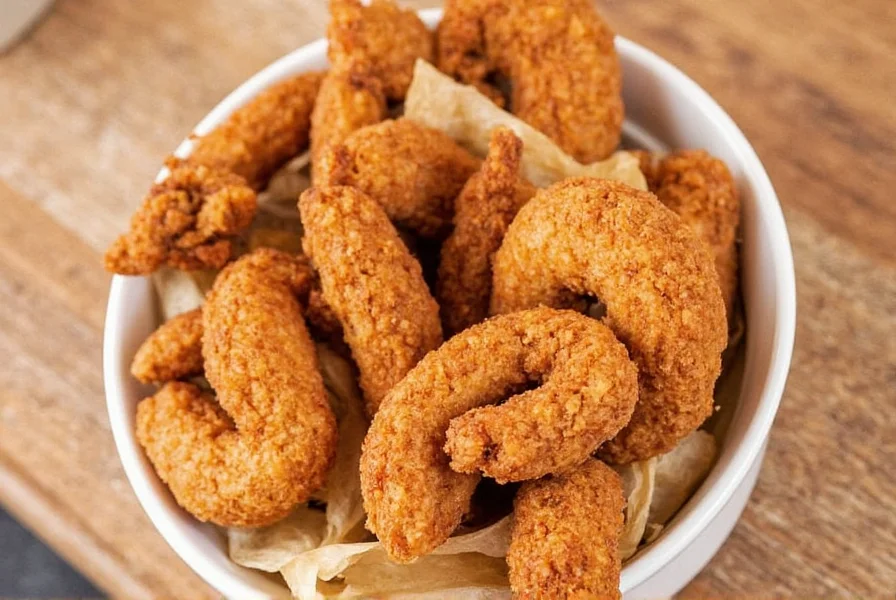
Pro Tip:
Want to elevate your cinnamon game even further? Try making homemade cinnamon extract using Saigon cinnamon for an ultra-concentrated flavor boost in your baked treats!

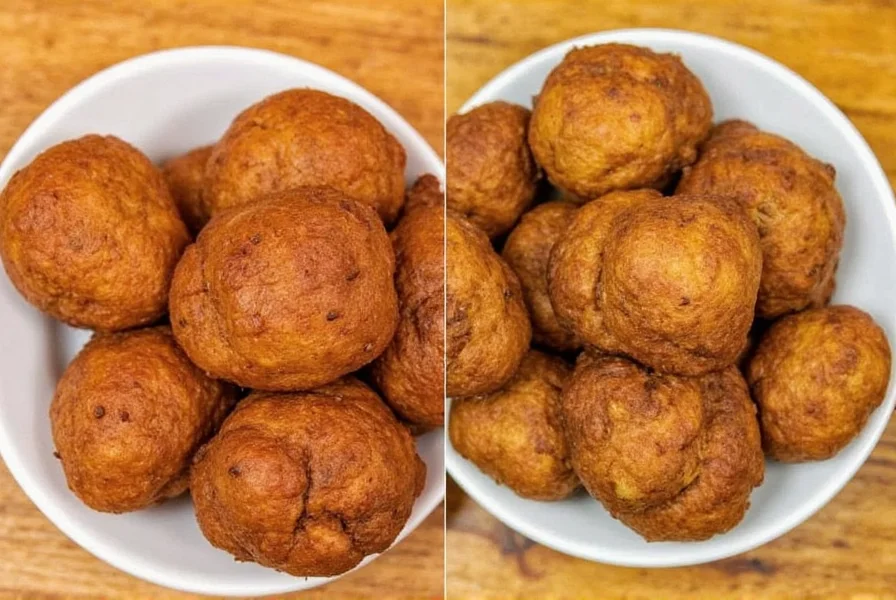









 浙公网安备
33010002000092号
浙公网安备
33010002000092号 浙B2-20120091-4
浙B2-20120091-4